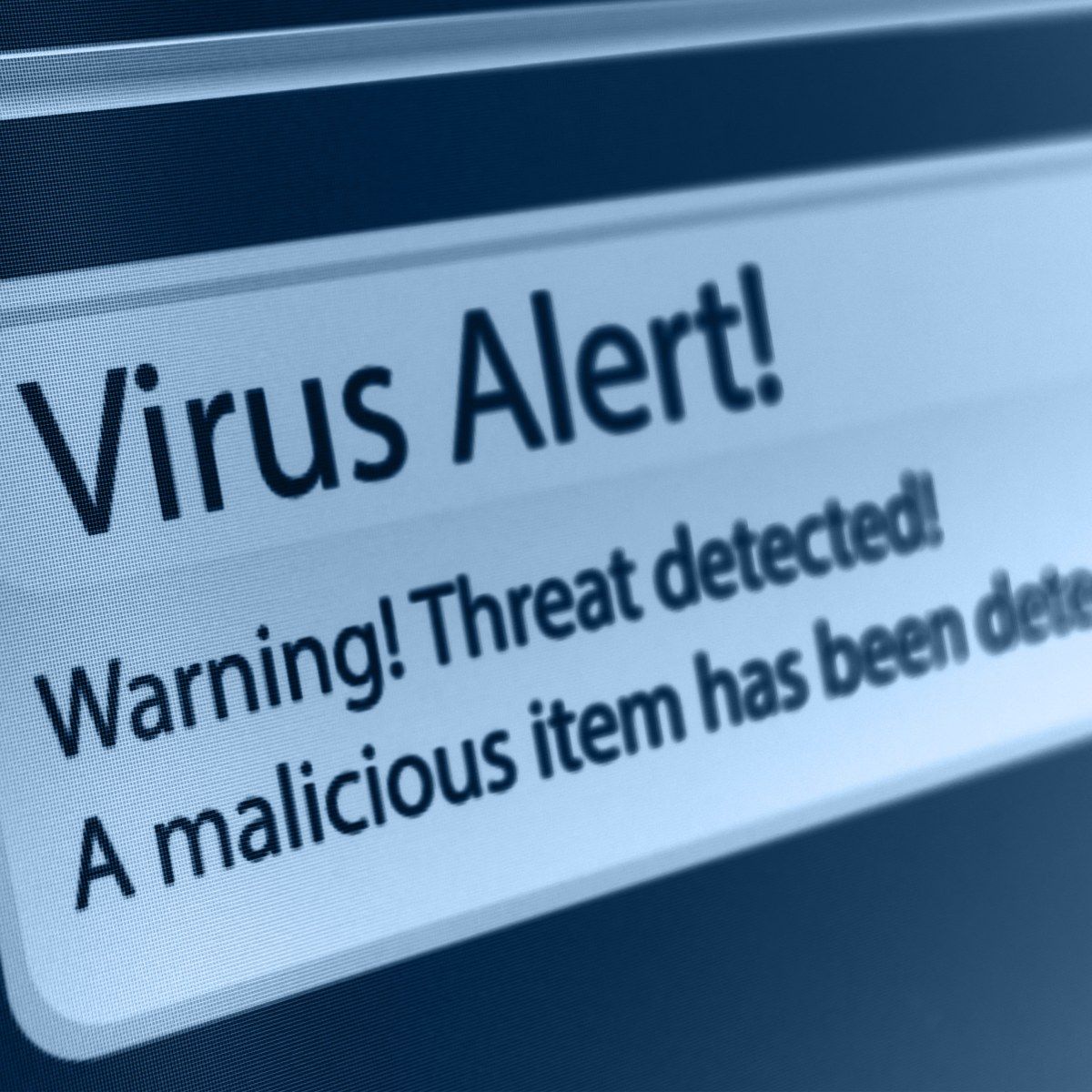In today’s digital age, cyber threats are more sophisticated than ever before, and one of the most common scams affecting internet users is the fake antivirus scam. These scams not only jeopardize your personal information but can also harm your devices by introducing malware and other malicious software. In this article, we’ll delve into what fake antivirus scams are, how they work, and how you can protect yourself from falling victim to them.
What Are Fake Antivirus Scams?
Fake antivirus scams, also known as “rogue antivirus” or “scareware” attacks, involve fraudulent programs that pretend to be legitimate antivirus software. These fake programs typically display alarming alerts on your computer or device, warning you that your system is infected with viruses or malware. The scam urges you to download or purchase a specific antivirus program to resolve the issue. However, these programs are entirely fake and often cause more harm than good.
How Fake Antivirus Scams Work
- Initial Contact: Fake antivirus scams typically begin when users visit a compromised or malicious website. These sites may pop up in search results, through malicious ads, or from phishing emails. Upon visiting the site, a fake security warning appears, claiming that your device is infected with harmful malware, often with a sense of urgency.
- Fake Security Alerts: The fake antivirus software will warn you about a range of threats, including viruses, spyware, and other harmful programs, which may seem convincing to someone who is not tech-savvy. These pop-ups may include logos, terminology, and designs that mimic well-known, legitimate antivirus software brands.
- Downloading and Installing Fake Software: Once the alert is triggered, the website will prompt you to download a file or click a link to install the supposed antivirus software. This software is not only unnecessary but also likely to install malware, ransomware, or additional rogue software onto your device.
- Payment for Fake Protection: After the installation, the program may display fake scan results showing numerous “threats” on your device. To fix these issues, the scam demands payment for a “full version” of the software. Once paid, the scammers might offer little to no protection and could even continue to harass you with more scare tactics.
Signs You’re Dealing with a Fake Antivirus Scam
It’s crucial to recognize the signs of a fake antivirus scam to avoid falling for it:
- Unsolicited Alerts: If you receive unexpected pop-up alerts claiming your system is infected, especially when browsing the web, it’s likely a scam.
- Unusual Software Behavior: Fake antivirus software often appears to scan your system for nonexistent issues and then asks you to pay for cleaning or protection services.
- Low-Quality Design: While legitimate antivirus programs tend to have polished, professional interfaces, fake ones often have poorly designed graphics or misspelled text.
- No Credentials or Company Info: Real antivirus programs are backed by reputable companies, and they provide information about their services, support, and credentials. Fake programs may lack transparency.
How to Protect Yourself from Fake Antivirus Scams
- Use Reputable Antivirus Software: Always use a well-known antivirus program from trusted vendors. Ensure the program is kept up-to-date with the latest security patches to protect your system from evolving threats.
- Avoid Clicking on Pop-up Ads: Never click on pop-up ads or unsolicited security alerts while browsing. Most legitimate antivirus vendors will not try to scare you into taking immediate action. Close pop-ups by clicking the “X” in the corner, rather than following any instructions.
- Download Software Only from Official Sources: Always download software, including antivirus programs, directly from the official website or an authorized retailer. Avoid downloading programs from third-party sites or suspicious links.
- Be Cautious with Email Links and Attachments: Phishing emails are a common delivery method for fake antivirus scams. Be cautious when opening email attachments or clicking on links in emails, especially if you were not expecting them. Verify the sender’s email address and look for signs of phishing, such as grammatical errors or suspicious URLs.
- Keep Your Operating System Updated: Regular updates for your operating system and applications can prevent malware from exploiting known vulnerabilities. Enable automatic updates to ensure your system is always protected.
- Check the Program’s Reputation: Before installing any antivirus software, search online for reviews and feedback from other users. Websites like CNET, PCMag, and independent review platforms often provide trustworthy insights about the software’s legitimacy and effectiveness.
- Enable Browser Protection Features: Many modern web browsers include security features that warn you about potentially dangerous websites or downloads. Make sure these features are enabled to block suspicious sites from loading.
- Use a Pop-up Blocker: A pop-up blocker is an essential tool to prevent scam pop-ups from appearing on your screen. Most browsers have a built-in pop-up blocker, or you can install an extension to enhance your protection.
- Perform Regular System Scans: Run regular scans with your trusted antivirus software to detect any malware that may have slipped past your defenses. This can help catch fake antivirus software early.
- Contact Support if in Doubt: If you’re ever unsure about the legitimacy of a program or alert, reach out to customer support for your antivirus software. They can confirm if the alert is genuine or if your device has been compromised.
Conclusion
Fake antivirus scams are a growing threat in the digital world, and scammers are continually improving their techniques to trick users into downloading malicious software. By staying vigilant, practicing good security hygiene, and using trusted software, you can protect yourself from these deceptive scams. Always remember to question unsolicited alerts, avoid downloading software from questionable sources, and ensure your devices are always up-to-date.
By following these tips, you’ll reduce the risk of falling victim to fake antivirus scams and keep your online experience safe and secure.














